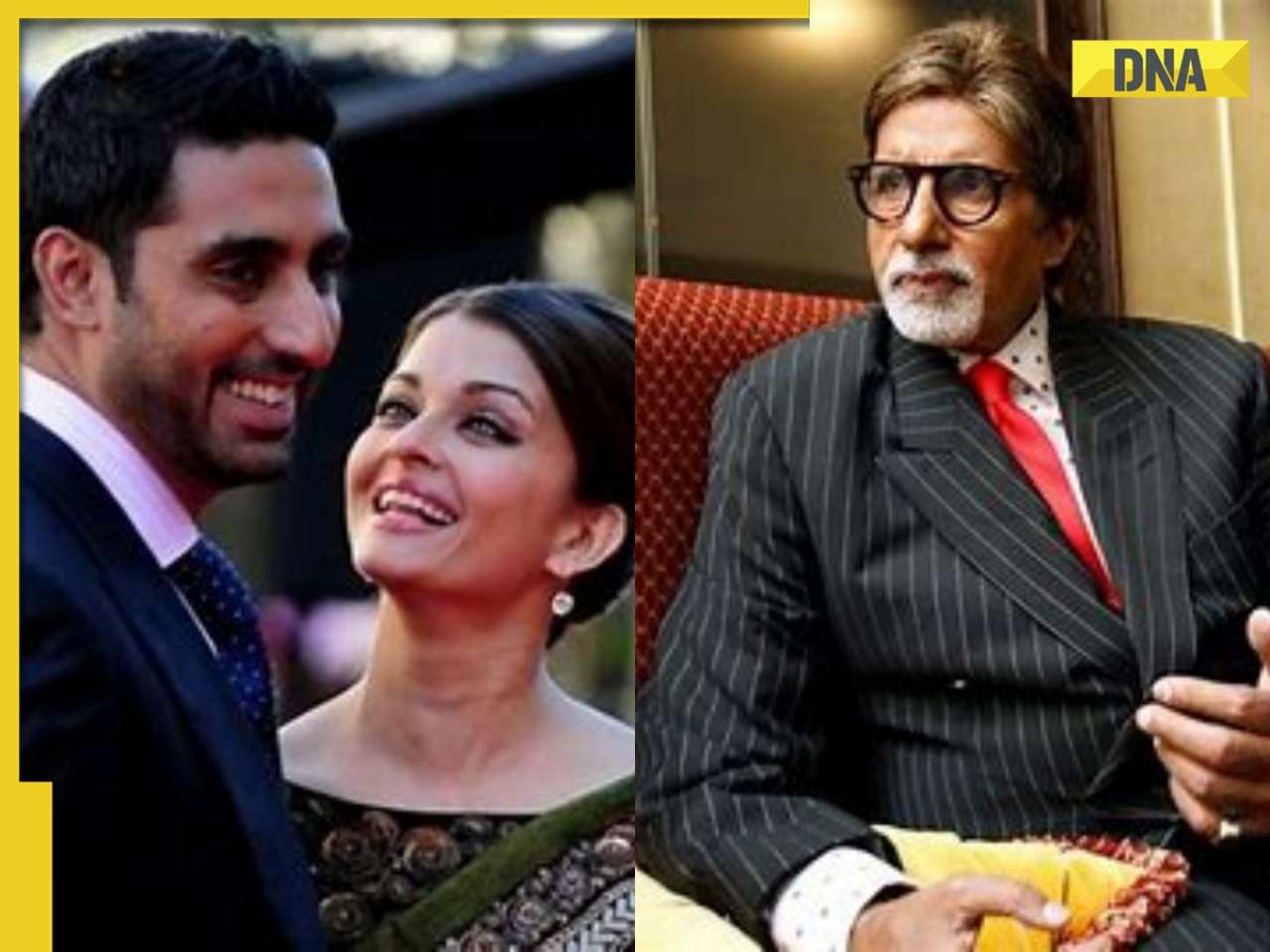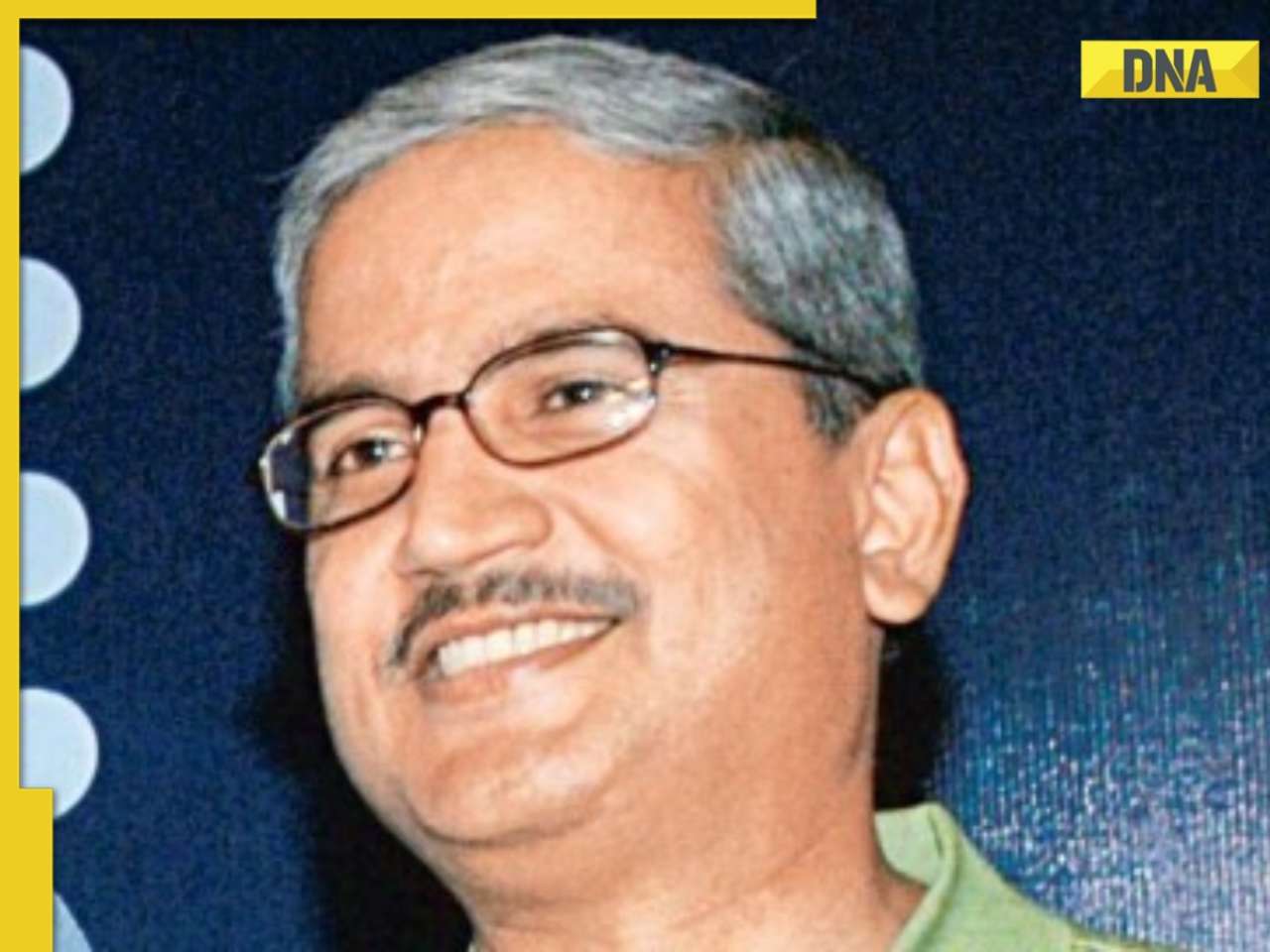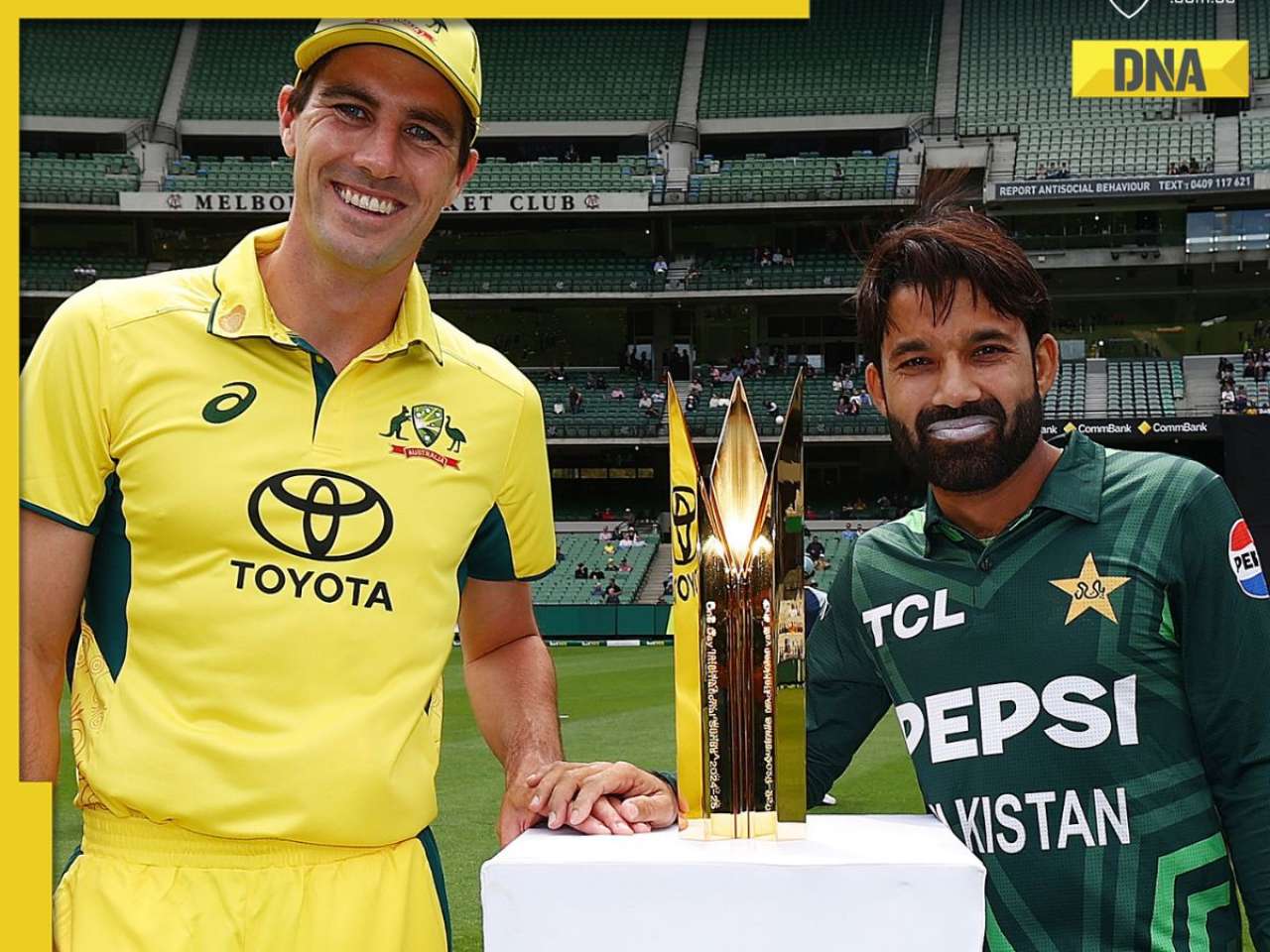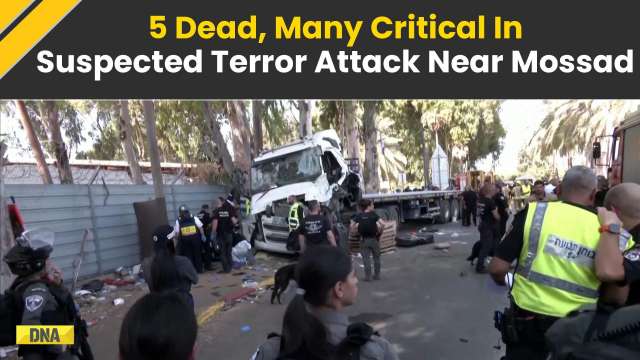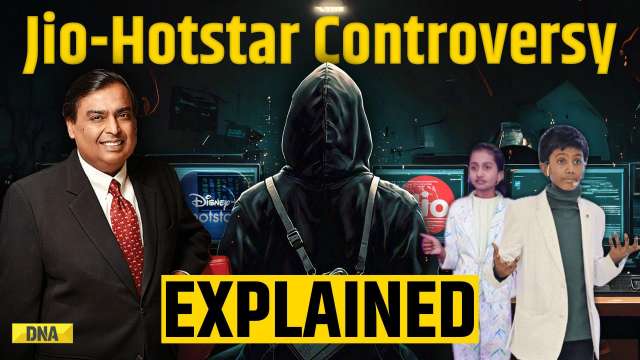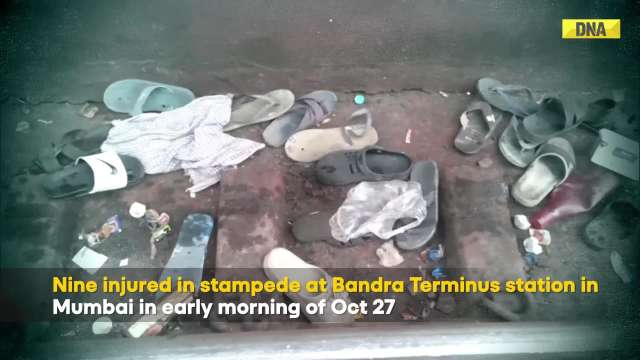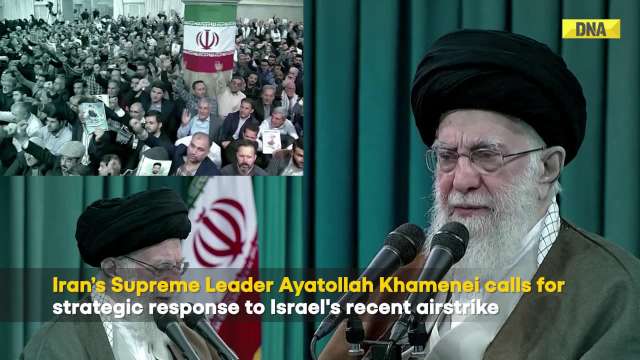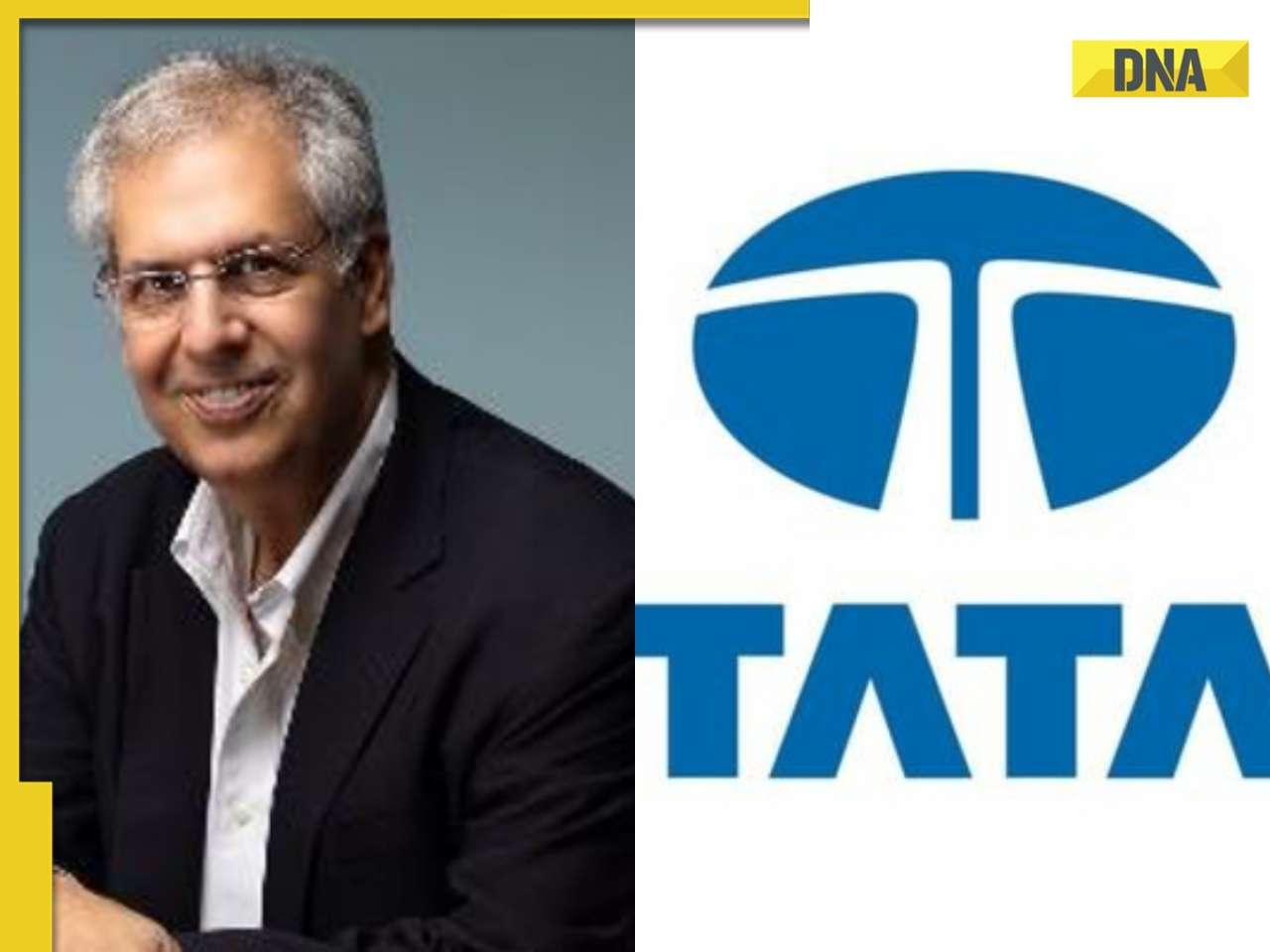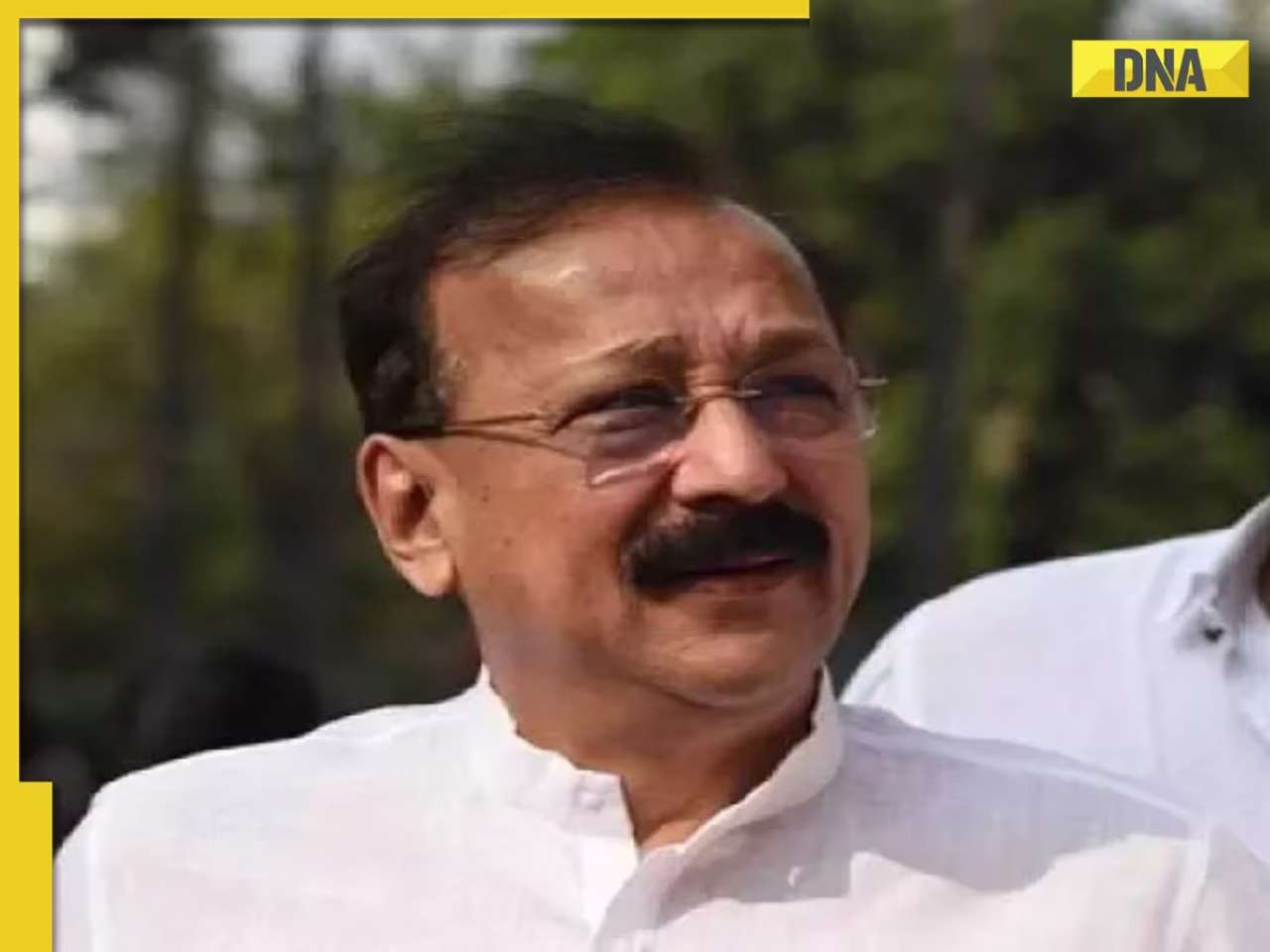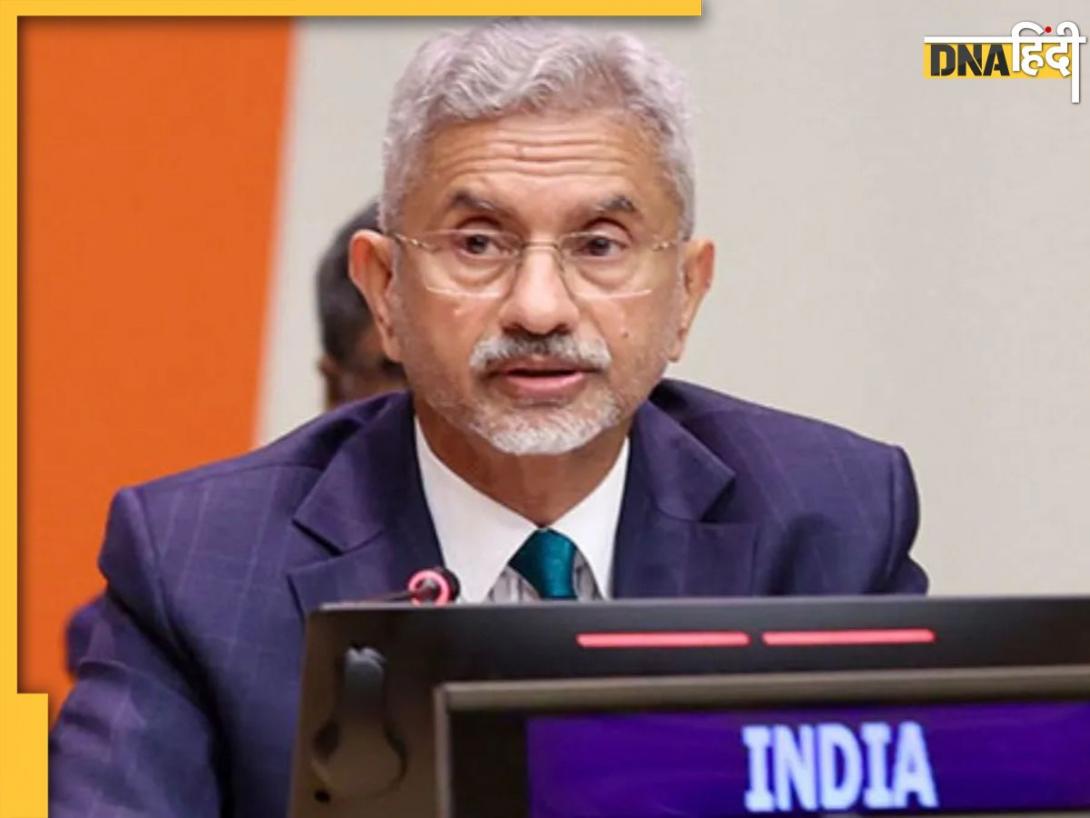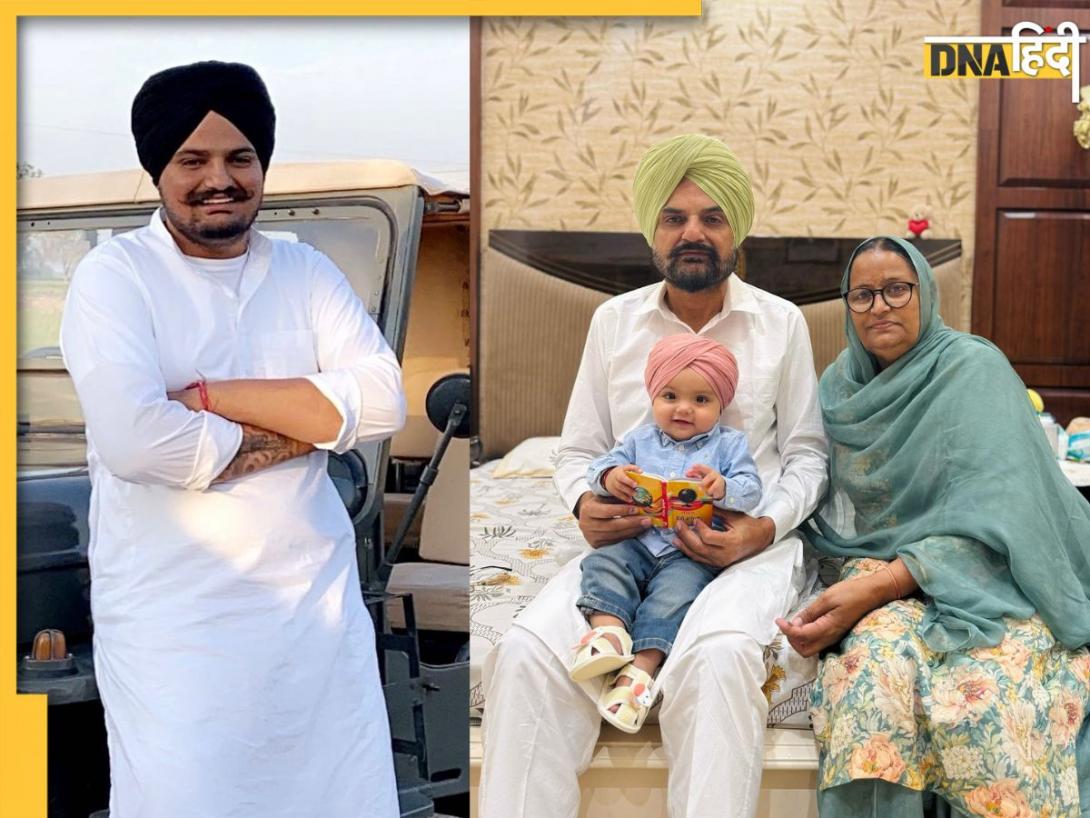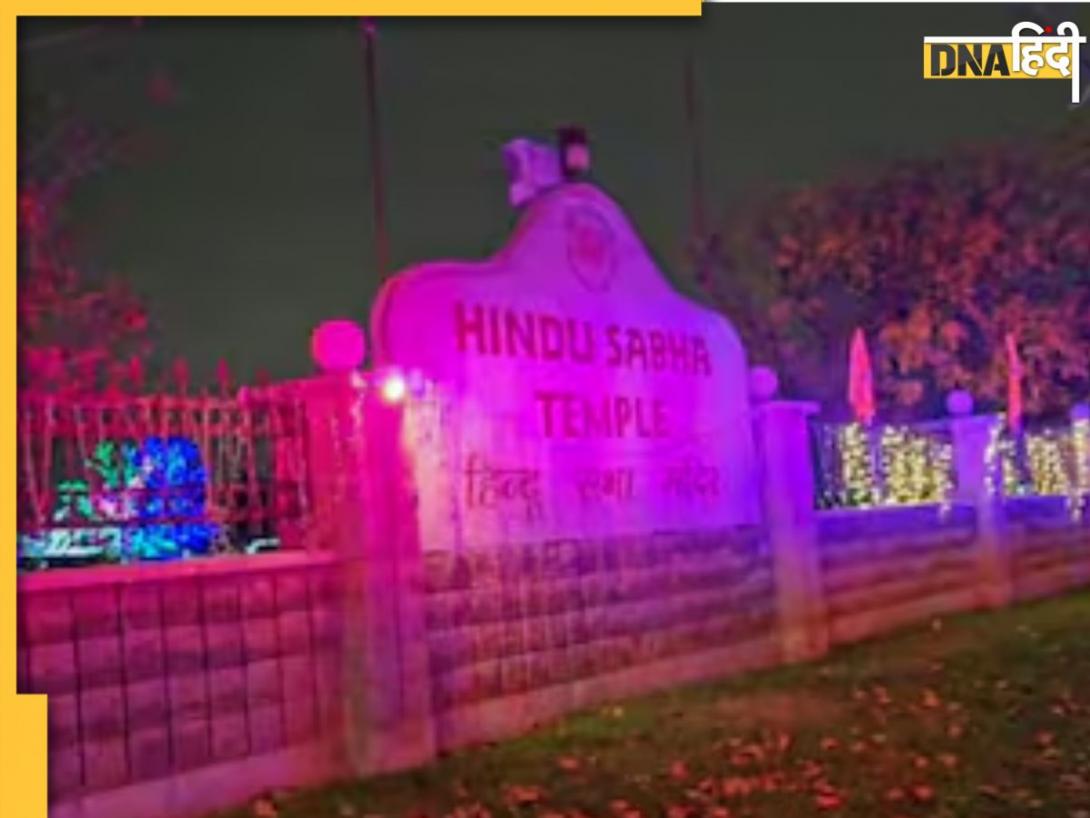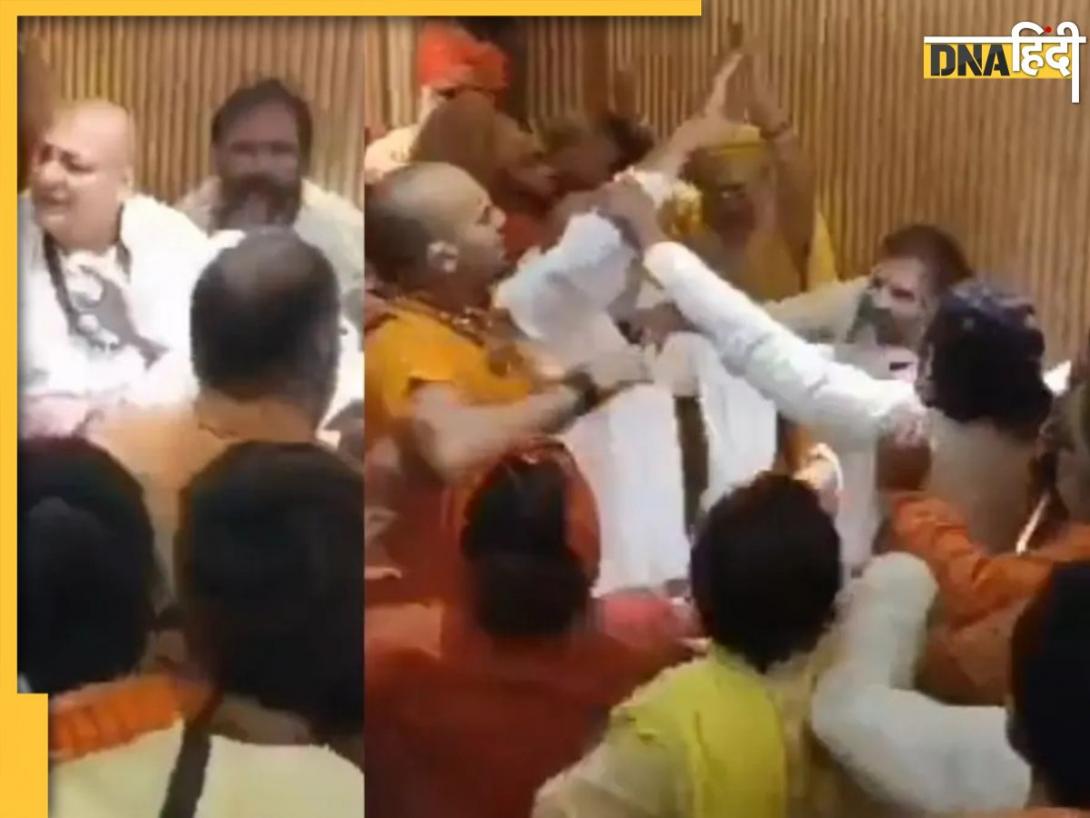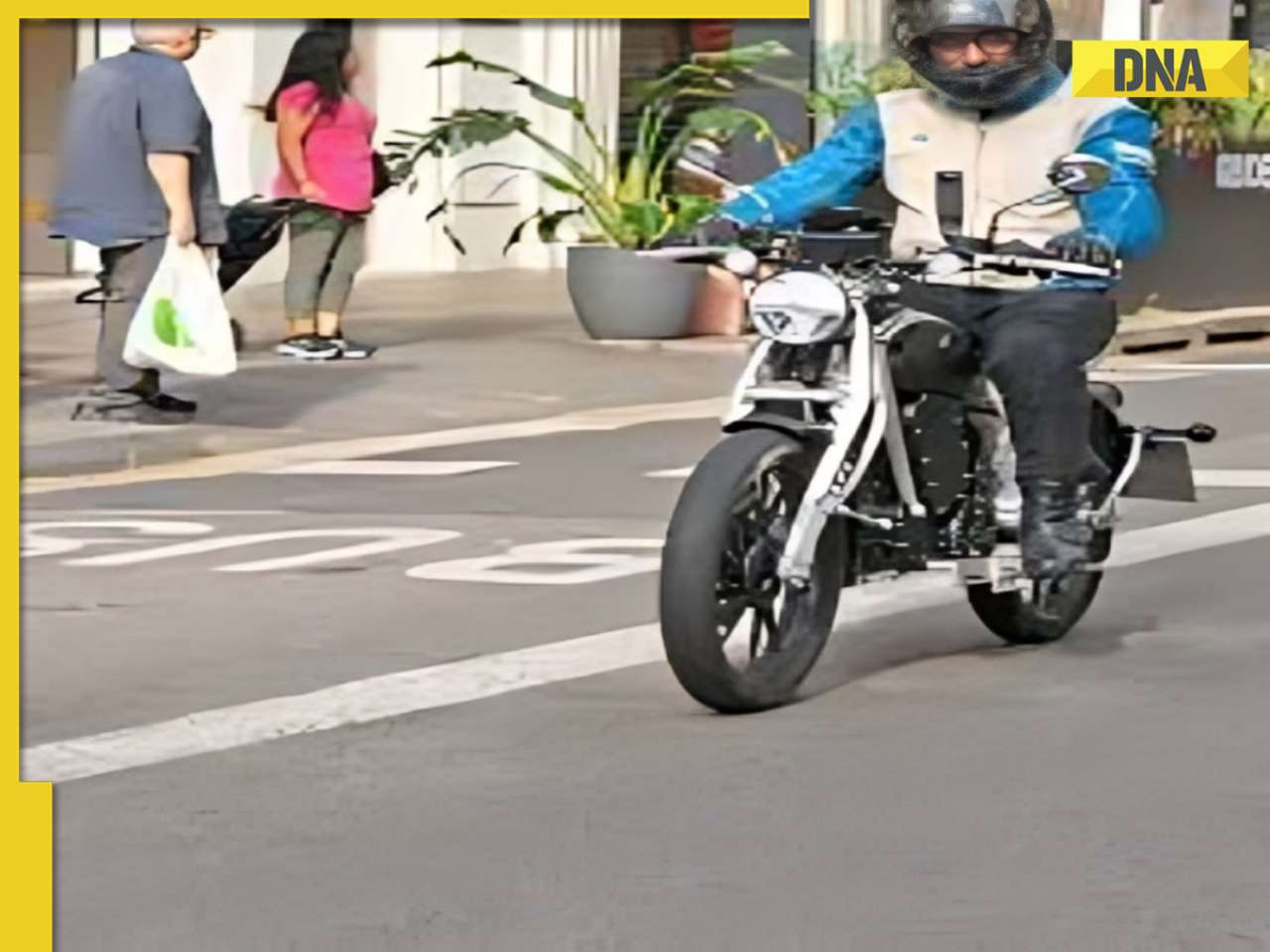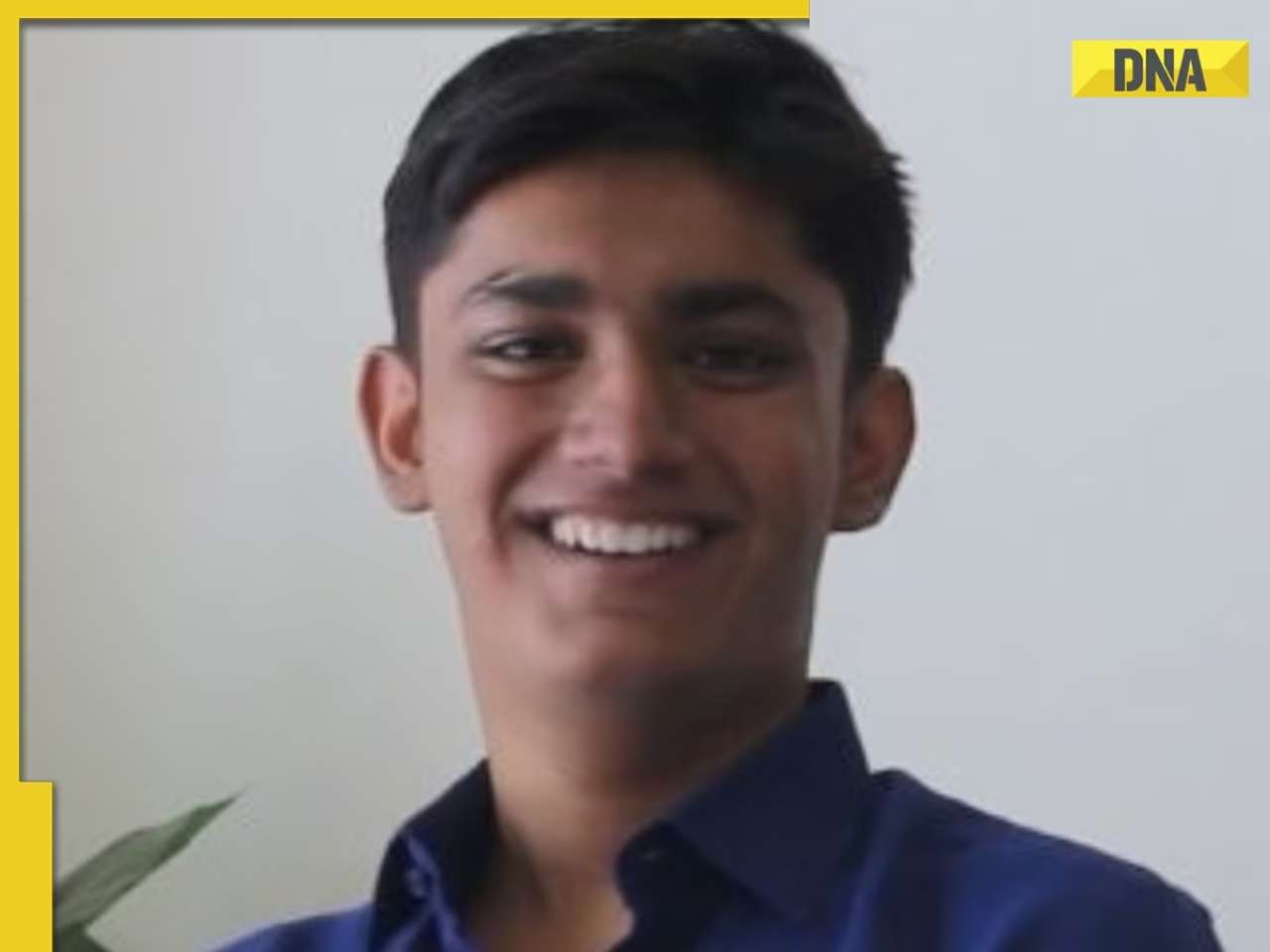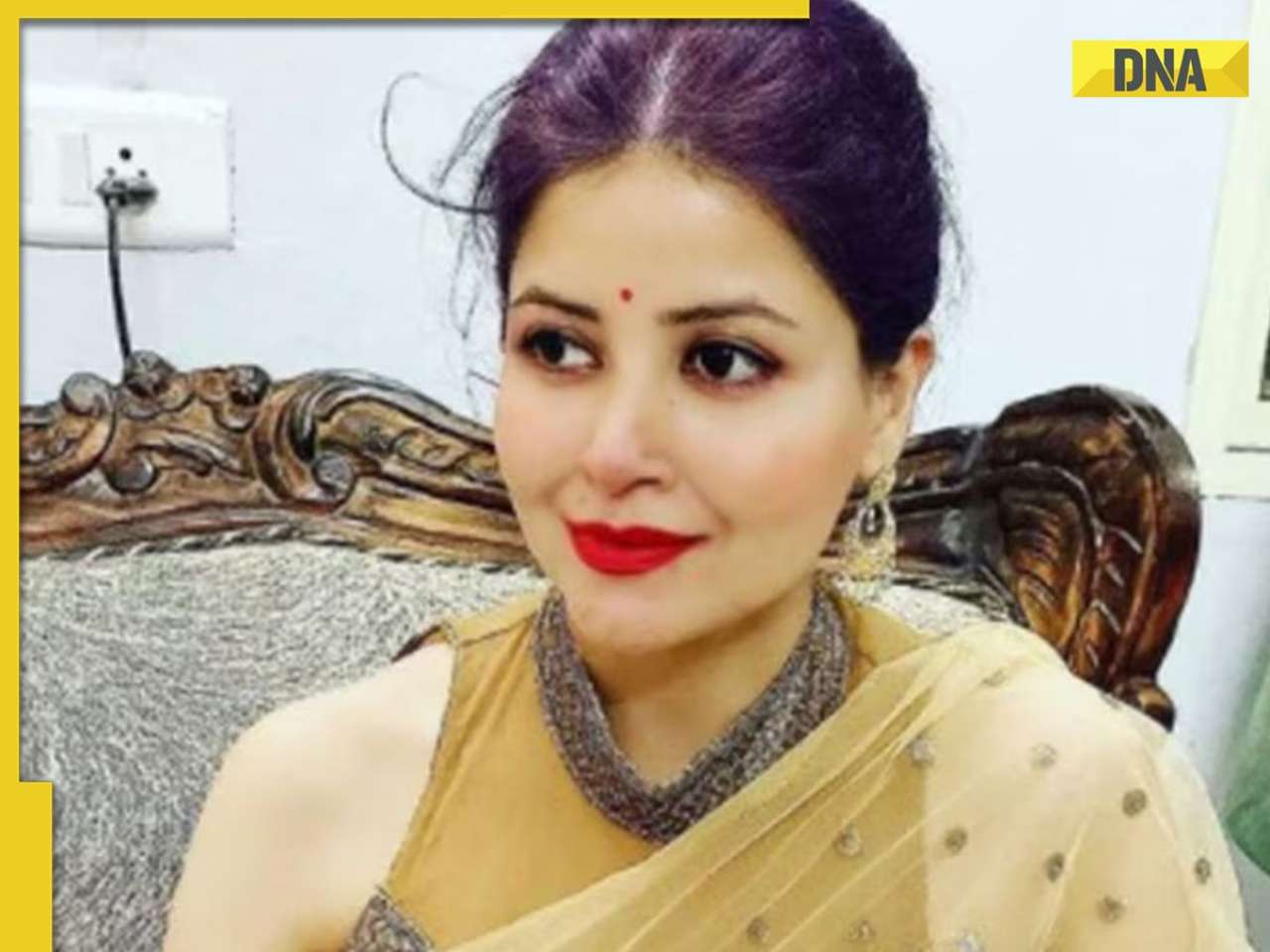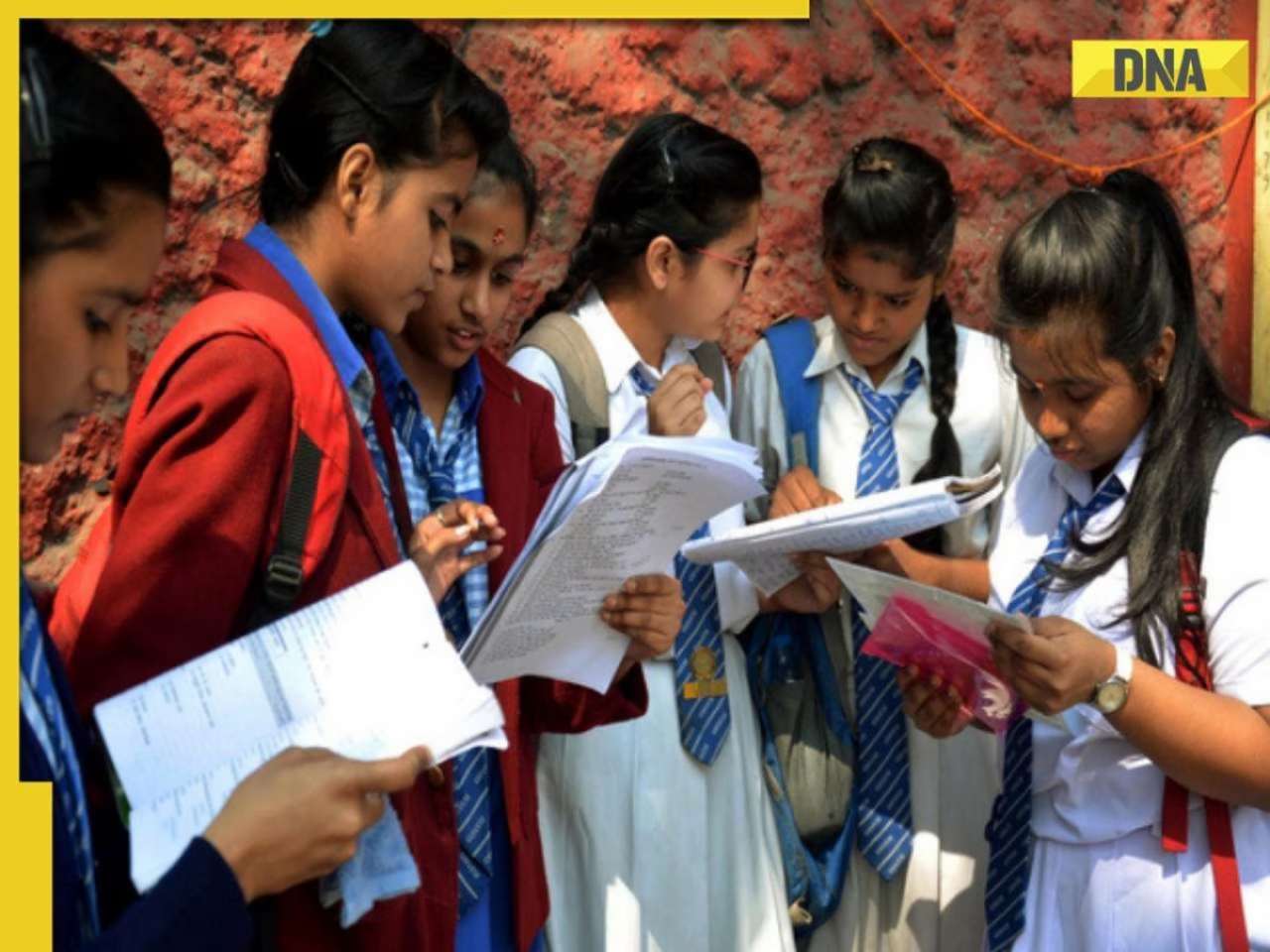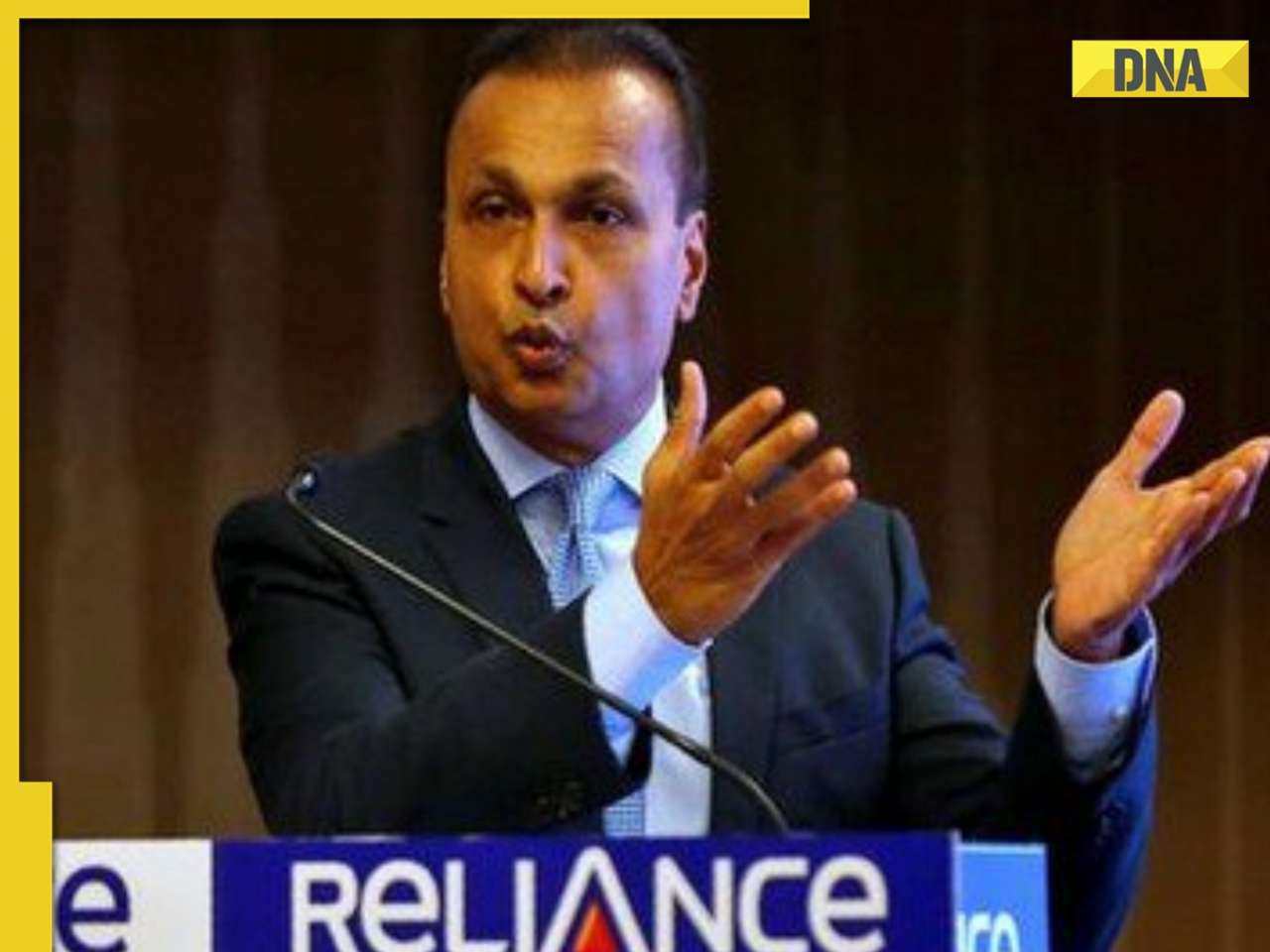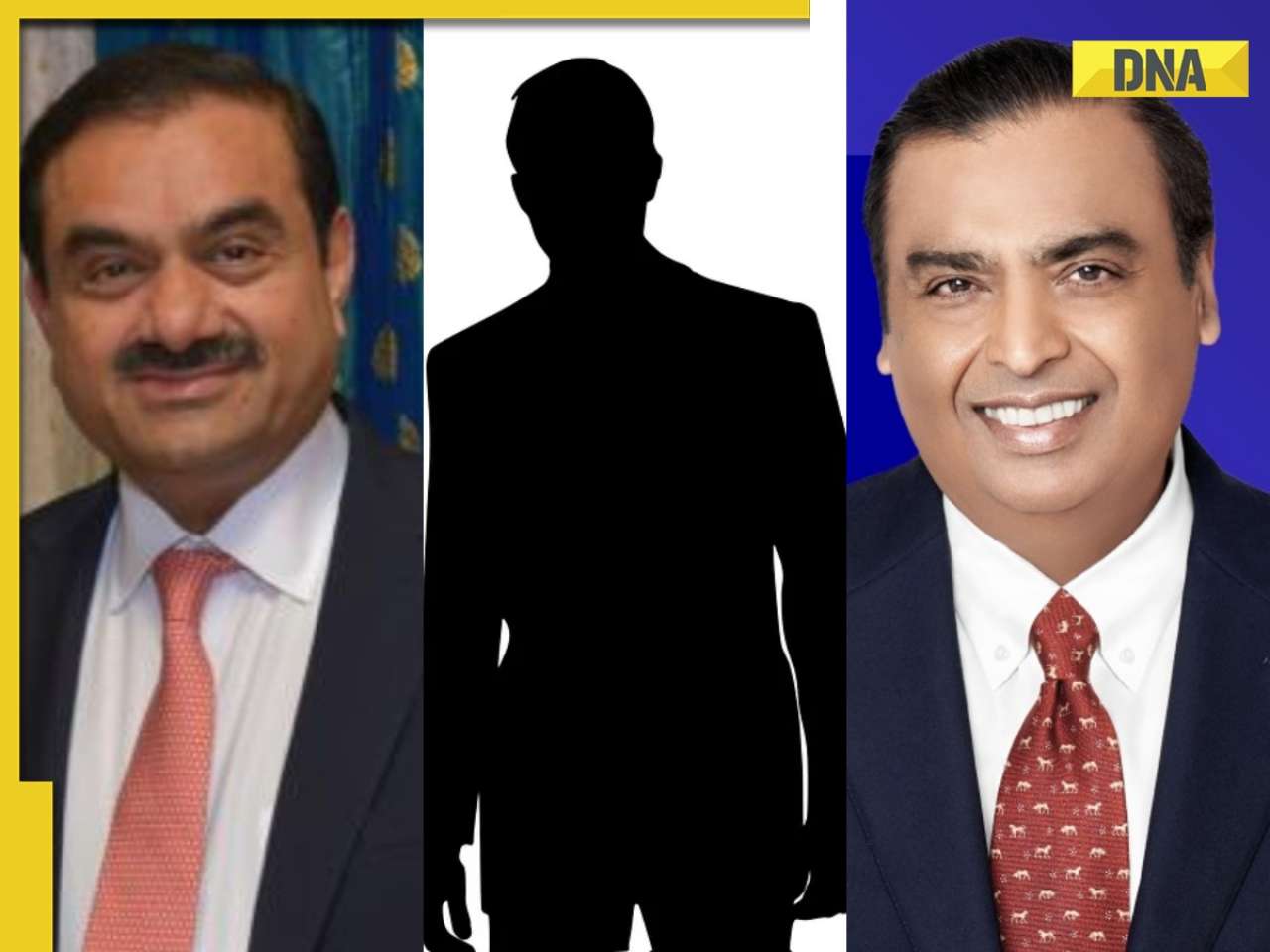- LATEST
- WEBSTORY
- TRENDING
EXPLAINER
No power cuts! Here's how India plans to execute 'Har Ghar Bijli' in next 5 years
Under the fleet mode, a nuclear power plant is expected to be built over a period of five years from the first pour of concrete (FPC).
TRENDING NOW
Prime Minister Narendra Modi's ambitious project 'Har Ghar Bijli' is being executed on a war footing. For this, India is working on the plan to generate electricity within the country. PM Modi has always been vocal on being self-reliant by giving the call, 'Atmanirbhar Bharat'.
To achieve this goal, India will begin setting up 10 nuclear power plants from 2023. This will generate 700 MW of electricity. This project is being worked on in 'fleet mode'. That is, fast work is being done to complete the project soon. Nuclear power reactors will be rapidly constructed with concrete pouring (FPC) for the foundations of these plants.
The Center had in June 2017 approved the construction of 10 indigenously developed pressurized heavy water plants (PHWRs) of 700 MW each. These 10 PHWRs will be built at a cost of Rs 1.05 lakh crore. This is the first time that the government had approved the construction of 10 nuclear power reactors at a time with an aim to reduce cost and speed up construction time.
Read | DNA Special: Why India is on the brink of a power crisis
Plan of action
Department of Atomic Energy gave a detailed plan to the Parliamentary Committee on Science and Technology.
The construction of Kaiga Units 5 and 6 would begin from 2023, Department of Atomic Energy officials said.
On the other hand, the FPC of Gorakhpur Haryana Anu Vidyut Pariyojana units 3 & 4 is expected to begin in 2024.
Mahi Banswara Rajasthan Atomic Energy Project Unit 1 to 4 is also expected in start by 2024.
Chutka Madhya Pradesh Atomic Power Project Unit 1 & 2 will be rapidly constructed with concrete pouring in 2025.
Work to be completed in 5 years
The Department of Atomic Energy (DAE) official said that bulk procurement was being done for 'Fleet Mode' projects which included Steam Generator, SS 304L Forged Tubes and Plates for End Shield, Pressurizer Forgings, Bleed Condenser Forgings, Incoloy-800 for 40 Steam Generators.
Orders were placed for the manufacture of tubes, reactor headers. He said that engineering, procurement and construction packages have been provided for Gorakhpur Unit 3 & 4 and Kaiga Unit 5 & 6 Turbine Island.
One nuclear power plant is expected to be built over a period of five years under the 'fleet mode'. At present 22 reactors are operational in India with a total capacity of 6780 MW. The 700 MW reactor at Kakrapar in Gujarat was connected to the grid on January 10 last year, but its commercial operation has not started yet.
What is Fleet Mode?
Under the fleet mode, a nuclear power plant is expected to be built over a period of five years from the first pour of concrete.
The first pour of concrete (FPC) signals the beginning of construction of nuclear power reactors from the pre-project stage which includes excavation activities at the project site.
First plant on heavy water technology in 1960
Pressurized heavy water plants use natural uranium as fuel and heavy water as moderator, which have emerged as the mainstays of India's nuclear power programme.
India's first two PHWRs of 220 MW were established in the 1960s at Rawatbhata, Rajasthan in collaboration with Canada.
But after Canada's withdrawal of support after India's peaceful nuclear tests in 1974, the second reactor had to be built with the support of important domestic companies.
Over the years, India has built 14 PHWRS of 220 MW with standardized design and better safety measures.
Indian engineers further improved the design to increase the power generation capacity to 540 MW and two such reactors were commissioned at Tarapur in Maharashtra.
Further improvements were made to increase the capacity to 700 MW.

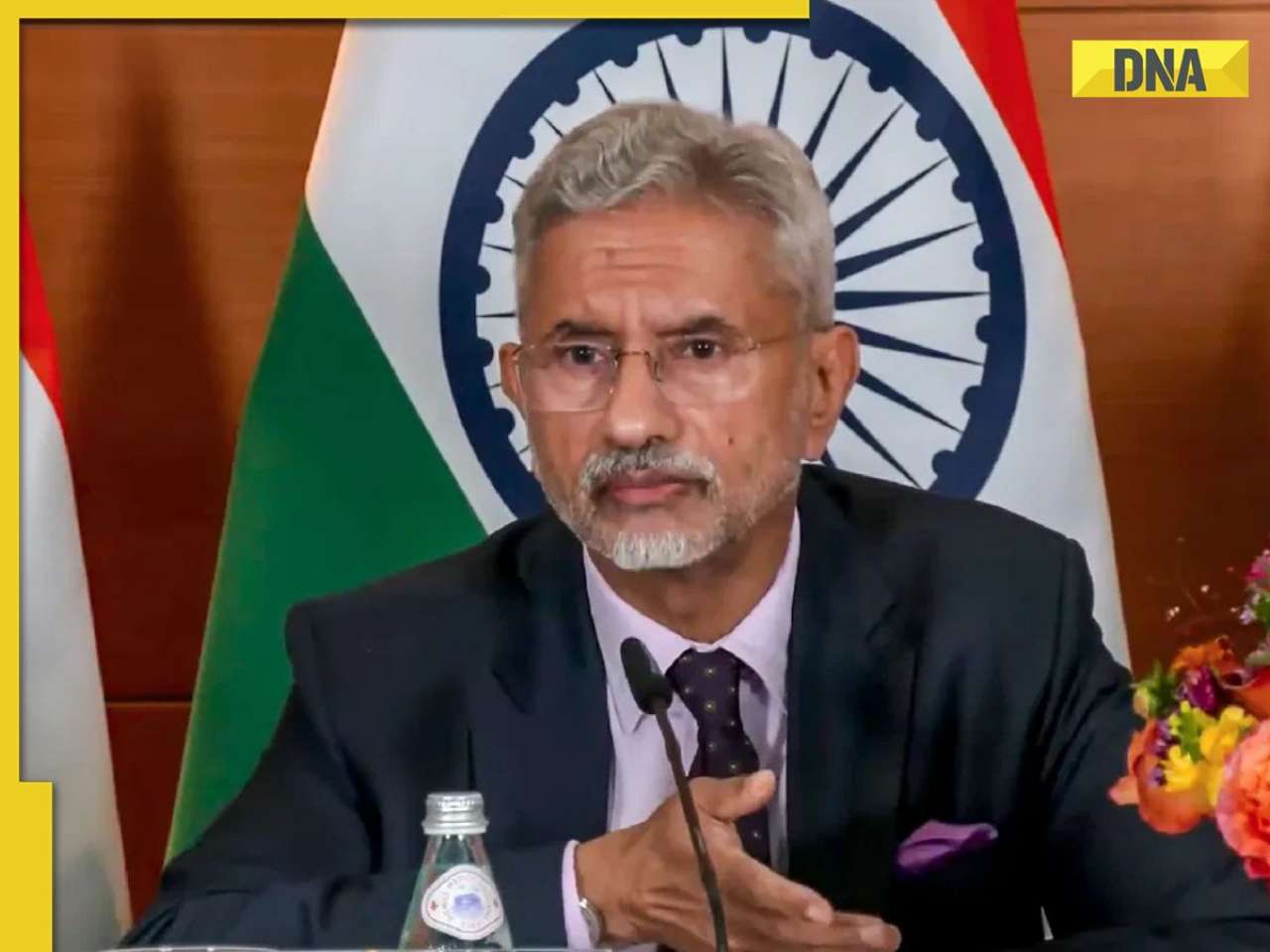
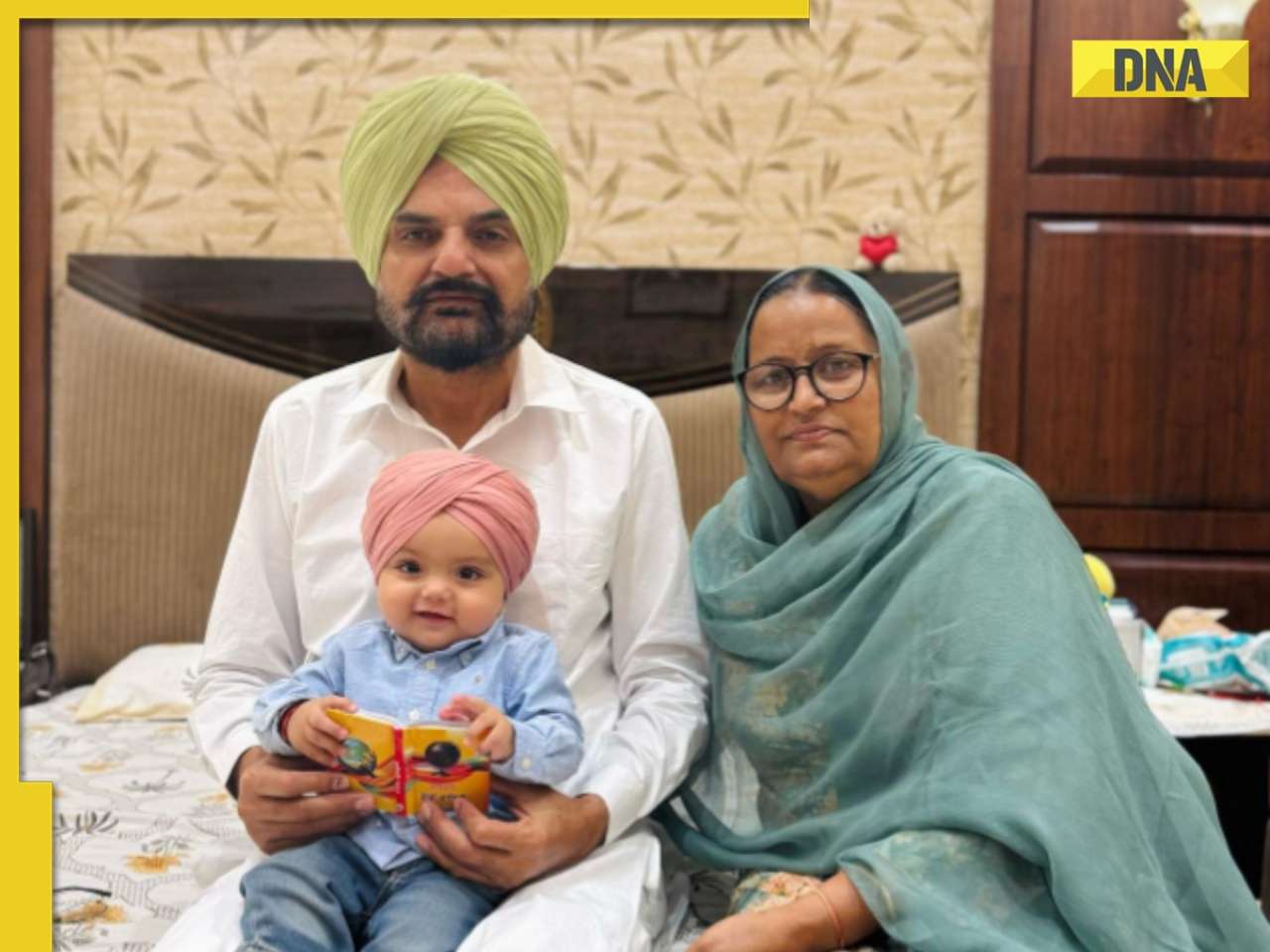
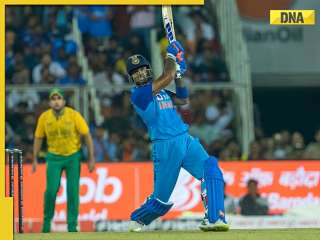



)
)
)
)
)
)
)
)
)
)
)
)
)
)
)
)





